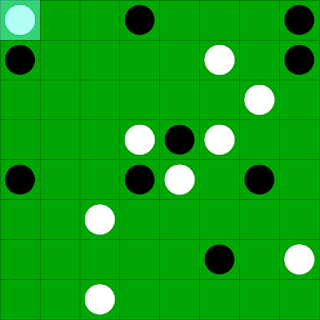Accountability(); Pt. 1 Intro

Procrastination is a wonderful thing. I meant to start documenting this back in august when I started working on the app, but then I made a promise to myself that I would do it the next day. Anyways, it's November, so better late then never right? According to blogspot the only people who read this blog anyways are bots from porn websites, so who am I disappointing? The Basic Premise As a quick reminder I currently work at an after-school care program for elementary school students, and one of the main things that we have to do is something called "Accountability." Unlike a normal classroom, where a teacher will tend to deal with his/her entire class as a whole IE: Sending them to music, the gym, computer lab, etc, we allow kids to move (somewhat) freely between different rooms, such as the art room, gym, multi-purpose, and alike. This means we CONSTANTLY need to keep track of which kids are in which room as they switch. Pretty much every school in our prog...


